The very first domestic dogs were used by our ancestors to help around the farm. These early dogs were bred from wild dogs for their useful features including intelligence, agility, alertness and obedience. They were used to protect livestock from predators and to move them from pastures near the farm and out to graze. They also played a role in controlling vermin and preventing weasels from destroying crops.
These days, farm dogs play a critical role in modern agriculture. Modern farmers need a dog that will herd and guard the sheep, cattle or goats and will not be aggressive towards them. They must not attempt to chase chickens or other poultry and must be fast enough to keep up with a farm horse or vehicle. They also need to stay close to the farm and not wander away and must be happy to go out to work in harsh weather. Many farm dogs also guard the house and act as a family pet once all the farm work is done. Here are the 10 dogs that are most suited to this role.
Border Collie
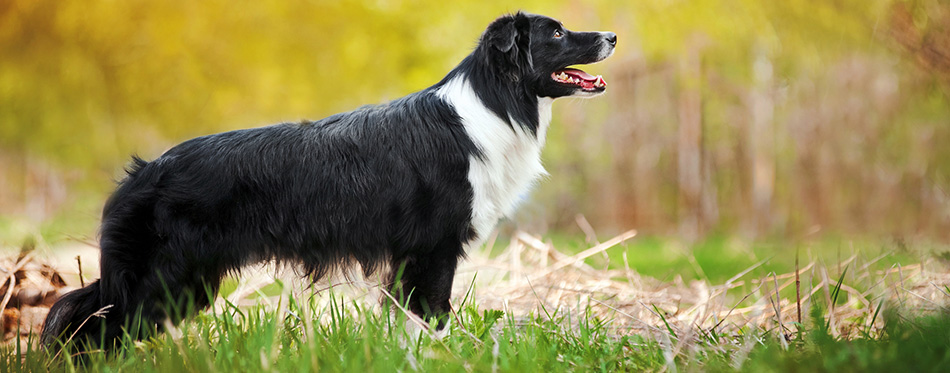
The Border Collie is the top farm dog of all time. They are exceptionally hard working and just keep going until the end of the day. They will be the most dedicated worker on the farm! This breed is very agile and can cover all sorts of terrain.
The Border Collie has a close cousin called the Rough Collie which has many of the same characteristics. Both breeds will happily herd both livestock and poultry birds around the farm and pasture. This is a very widely used breed on farms all over the world.
English Shepherd
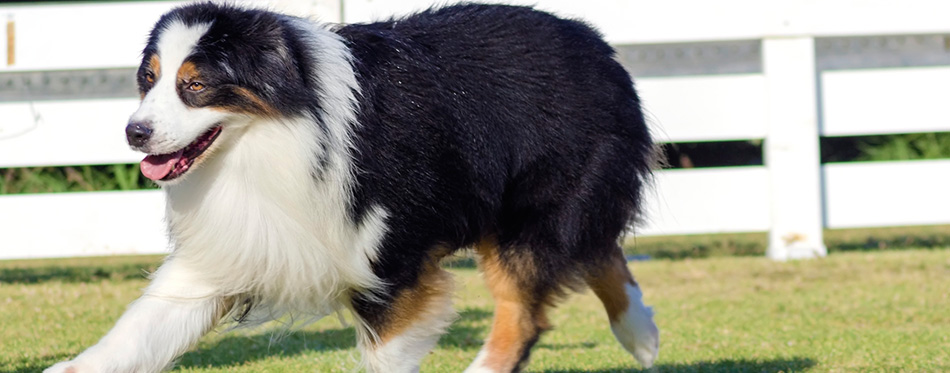
Obviously, a dog that has ‘shepherd’ in its name is going to be very handy around the farm. They have been bred to protect sheep and other livestock and to herd them around the pasture. English Shepherds are intelligent and highly alert. They have a protective nature.
The breed is related to the German Shepherd and to the Border Collie and have been bred in the UK. Their popularity grew among US farmers during the 1800s. These dogs will also act as a farm dog and will help to control vermin.
Australian Cattle Dog
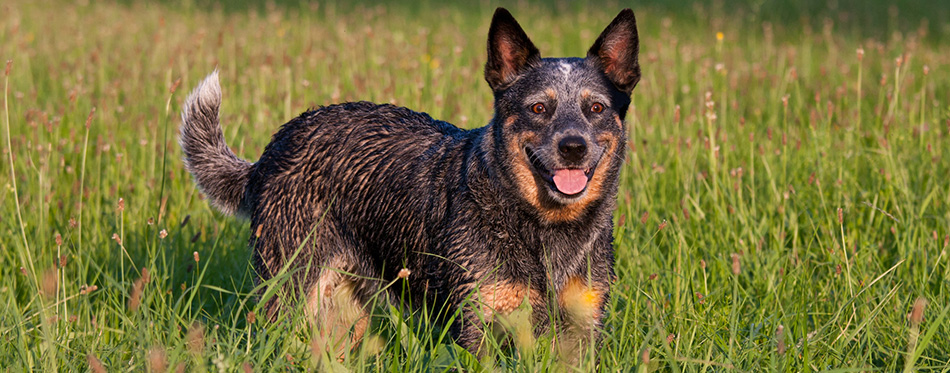
This breed is also referred to as “Heelers” and they were valued by our ancestors for their skills at driving cattle over rough ground. They have great endurance and are very good at covering long distances.
They are not a very large breed but they are very good at doing their job. They have a knack of nipping at the lower legs of cattle and that drives the herd forward. The Australian Cattle Dogs are highly intelligent and farmers find it easy to train them. They have boundless energy and enthusiasm and will always be by the farmer’s side. This breed can keep going from dawn until dusk. When all the hard work is done, they will also want to look after you as they have a strong protective instinct so they will double up as a guard dog at the farm.
Old English Sheepdog
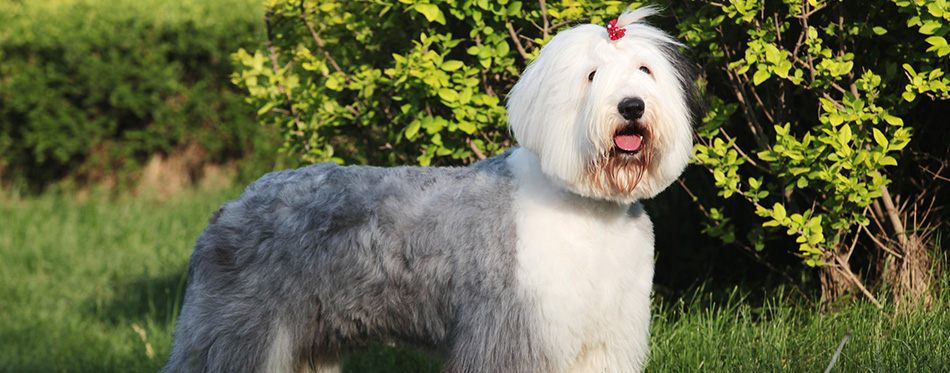
Again, the clue here is in the name! The Old English Sheepdog is a long-established breed from the UK. It was originally bred as a dog used for herding in the 1700s. This is a large breed that has a very sturdy build and long hair.
Because of its build and coat, it blends in very well with a herd of sheep and disguises itself. When a predator approaches, it will tackle them using the element of surprise! Despite its large size, the Old English Sheepdog is an agile dog that can cover difficult terrain during its duties.
Rat Terrier
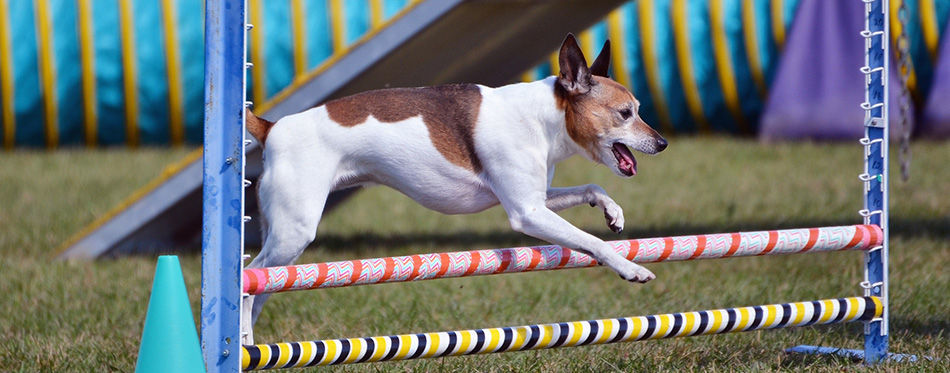
Rats can be a great problem on farms. They damage crops, steal eggs and contaminate animal feed. They can also damage farm buildings and infrastructure. The rat terrier is an expert at pest control. They are an excellent “ratter” but will also tackle other intruders such as mice and raccoons.
Centuries of selective breeding has made them ideal for their role on the farm. They are a tenacious breed who are very alert. These dogs are also experts at digging to find their prey. They are a vocal dog who can make some very scary noises that will deter unwanted critters. There are some other breeds that can fulfill a similar role including the Jack Russell Terrier, the Miniature Schnauzer and the Dachshund.
Welsh Corgi
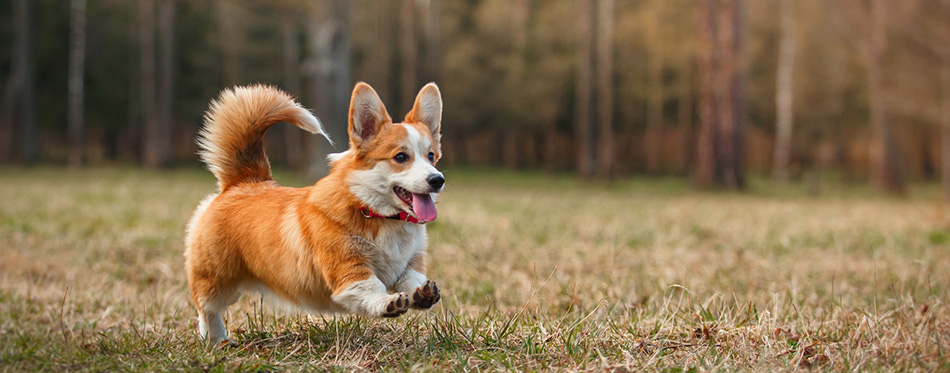
This is a small and cuddly breed who make great pets but their original purpose was as a cattle dog in the principality of Wales in the UK. They are very effective at herding cattle and do this by snapping at their heels. They can drive a herd of cattle forward even though they are much smaller than them!
Two variations of the breed are the Pembroke Corgi and the Cardigan Corgi which originate from different regions of Wales. They are very persistent workers and are good at dodging out of the way so they do not get kicked. Their role was to drive cattle out to the pastures for grazing and then back home at night to the safety of the farm barns. These dogs have incredible energy and can keep going all day long.
Related Post: Dog Food for Corgis
Anatolian Shepherd
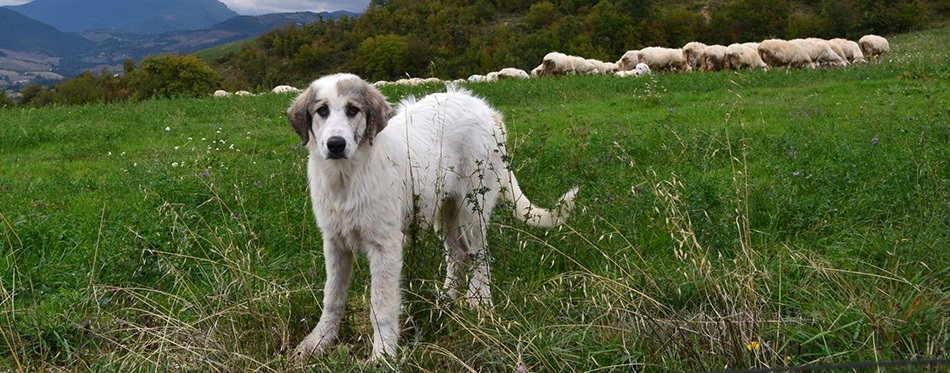
Your livestock will always be safe when you have an Anatolian Shepherd dog. This is a strong breed which are highly alert and will do all that they can to protect the livestock under their care. The origin of the breed is in Turkey and they were bred to work as protectors for different types of farm livestock.
This is an ancient breed and their image has been spotted on artifacts that date from as far back as 2000 BC. Their build is sturdy and they have an imposing figure. They are also highly intelligent and easy to train. Although the breed is a relative newcomer to the US (they were not introduced until last century), they soon became a firm favorite with cattle ranchers who spotted their qualities as loyal guard dogs. They were officially recognized as a farm dog by the US Department of Agriculture. This department was behind the breed’s introduction to the US as a breed that could guard sheep flocks effectively. It’s not just on US farms that they have proved useful. They have also been used in the African nation of Namibia to protect endangered species such as the Cheetahs.
Komondor
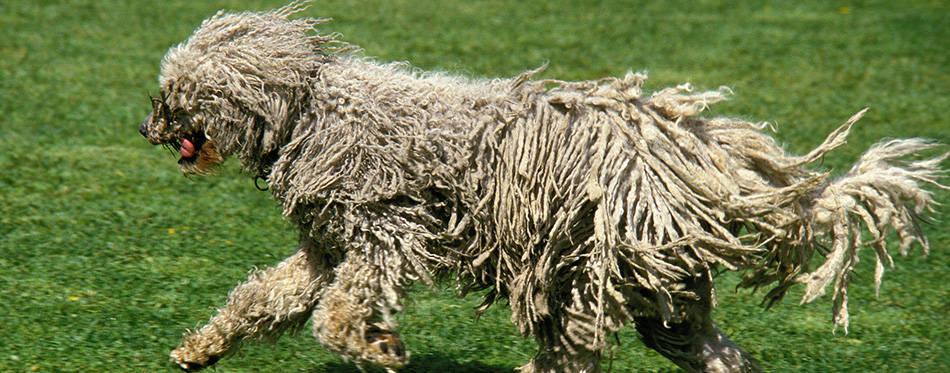
This is another large and strong breed and in that respect it resembles the Old English Sheepdog. It also blends in very well with a sheep herd who are grazing out on pasture and they are therefore very useful for protecting the herd from predators.
Their imposing and large stature make them one of the biggest farm dogs that you can get. They are also able to withstand quite harsh weather conditions so they can work outside in heavy snow, rain and in frost. The breed has distinctive dreadlock hair and to a wolf they look just like a sheep! However, they have also been widely used to guard other livestock and fowl from predators.
Tibetan Mastiff
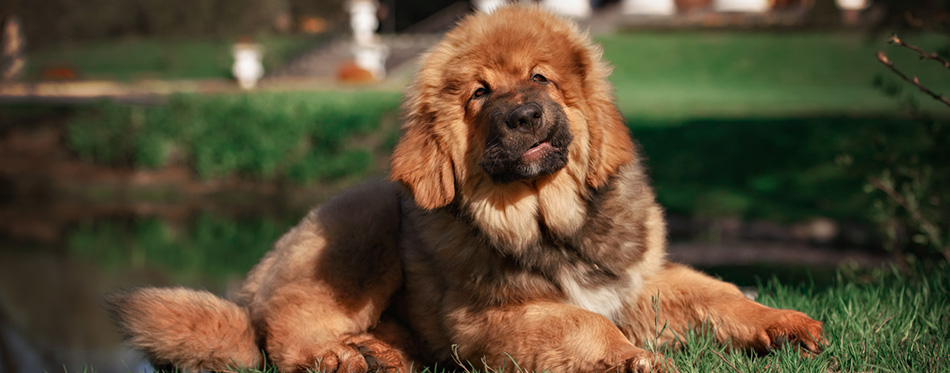
This breed originates from the uplands in Tibet and China and can therefore withstand very harsh climatic conditions. They are a very powerful and strong breed and their task was to protect livestock, especially sheep. This is a dog that can work outside in all sorts of weather and that can handle any sort of terrain.
The Tibetan Mastiff is very alert and vigilant and they take their responsibilities very seriously. They are never ‘off duty’ and will stop at nothing to keep their herd safe. That includes putting their own lives in danger if needed. It was the nomadic tribes that first bred them and their task was to guard the livestock herds from wolves as well as much larger predators such as leopards, bears and tigers. These days, Tibetan Mastiffs are employed on farms all over the world. They are valued for their outstanding guarding instincts and their ability to protect many different kinds of livestock including fowl.
Maremma Sheepdog
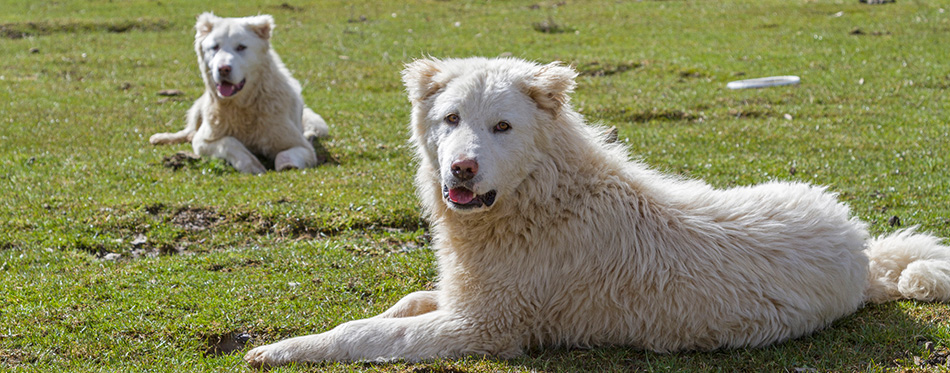
Finally, there is the Maremma Sheepdog. This charming farm dog originates from the mountainous areas of Italy and was valued for its abilities to guard and herd livestock. Sheep are the main farm animal in this area and the Maremma Sheepdog protected the herd from wolves. These days, they are hard-working farm dogs all over the world but are particularly popular throughout central and eastern Europe.
This breed is physically imposing. They are strong and hardy and happy to go out to work in all weathers. They are also highly intelligent and alert. Thanks to their powerful protective instinct, they are valued as guard dogs on farms all over the world today including the US.

